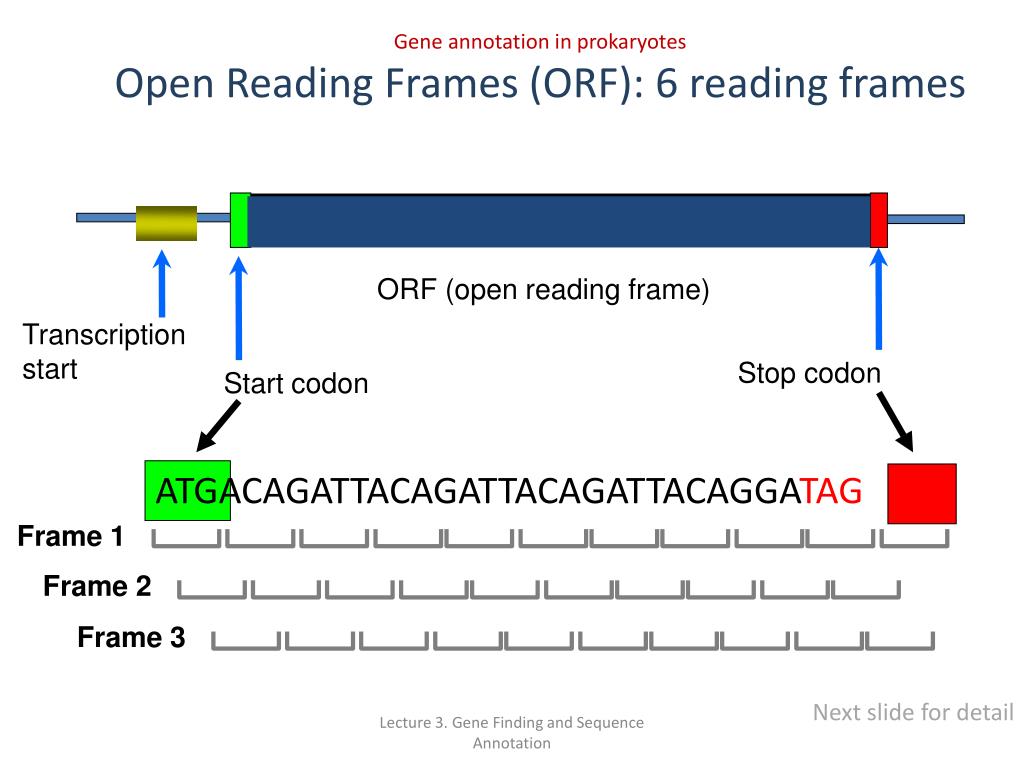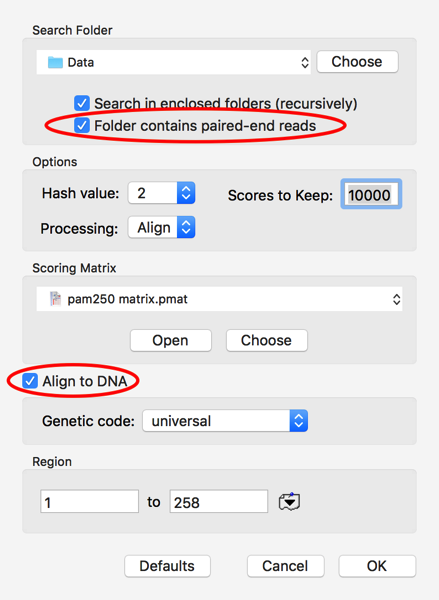

9- 11 TSPY is also highly expressed in various somatic cancers, including prostate cancer, hepatocellular carcinoma and melanoma. 5, 9- 12 Its expression is tightly associated with those of key germ cell tumor markers, such as c-KIT and OCT3/4.

TSPY is expressed abundantly in gonadoblastoma, and numerous types of testicular germ cell tumors, including the premalignant precursor, carcinoma in situ/intratubular germ cell neoplasia unclassified (CIS/ITGCNU), seminomas and extragonadal intracranial germ cell tumors of male origin. 6- 8 Various studies suggest that TSPY is the putative gene for GBY. 1, 3- 5 The TSPY gene cluster has been mapped to the critical region harboring the gonadoblastoma locus on the human Y chromosome (GBY), which harbors genes predisposing the dysgenetic gonads of sex-reversed female and intersex patients to develop gonadoblastoma. It has been postulated to serve vital functions in male germ cell development and spermatogenesis. 1, 2 TSPY is normally expressed in fetal primordial germ cells/gonocytes and adult spermatogonia and spermatids. The human testis-specific protein Y-encoded (TSPY) gene was initially identified as a testis-specific gene repeated in tandem on the short arm of the human Y chromosome. Our results suggest that TSPY could exert its oncogenic function(s) by interacting with eEF1As and stimulating gene expression via its enhancements in protein synthesis and gene transcription. TSPY also increased the nuclear redistribution of eEF1A, resulting in a parallel increase in reporter gene transcripts. TSPY enhanced protein synthesis of a reporter gene, which was augmented by an overexpression of eEF1A. Significantly, both eEF1A1 and eEF1A2 have postulated to be involved in various types of human cancer, including breast and prostate cancers. They were colocalized in the cytoplasm and could be co-immunoprecipitated from transfected COS7 cells. TSPY and eEF1A were highly expressed and colocalized in tumor germ cells of human seminoma specimens, suggesting their possible interaction in germ cell tumors. To explore its possible role(s) in tumorigenesis, we had performed a yeast two-hybrid screen of a fetal gonadal cDNA library and identified the translation elongation factor eEF1A as a binding partner for TSPY at the SET/NAP domain. It is a member of the TSPY/SET/NAP1 superfamily and harbors a highly conserved domain, termed SET/NAP domain. TSPY is expressed in normal germ cells of fetal and adult testis and ectopically in tumor germ cells, including gonadoblastoma in intersex patients, testicular germ cell tumors, prostate cancer and other somatic cancers. Testis-specific protein Y-encoded (TSPY) is the putative gene for the gonadoblastoma locus on the Y chromosome.


 0 kommentar(er)
0 kommentar(er)
